Should You Put Starter Fertilizer on New Sod?
- Utilize starter fertilizer when laying new sod for optimal grass establishment and growth.
- Focus on nitrogen-rich fertilizers for rapid grass development.
- Prioritize high-phosphorous fertilizers to encourage strong root growth.
Did you know that using the right fertilizer can increase your new sod’s growth rate by up to 50%? That’s right, half the battle of achieving a lush, green lawn lies in the nutrients you feed it. If you’re laying new sod, you might be wondering what the best fertilizer for new sod is.
Below, we will provide you with all the information you need as to when and how to apply starter fertilizer for sod to your newly laid lawn. We will look at what makes stater fertilizers different, why they’re essential for your newly laid sod, and how they differ from regular fertilizers. Whether you’re a seasoned gardener or a complete novice, you’ll find invaluable insights here to help your new lawn flourish. So, let’s get your sod off to a flying start!
Starter fertilizers are specifically designed for new sod, as it contains higher levels of nitrogen and phosphorous than other types of fertilizer. This helps the new grass get established and thrive.
What is Starter Fertilizer?
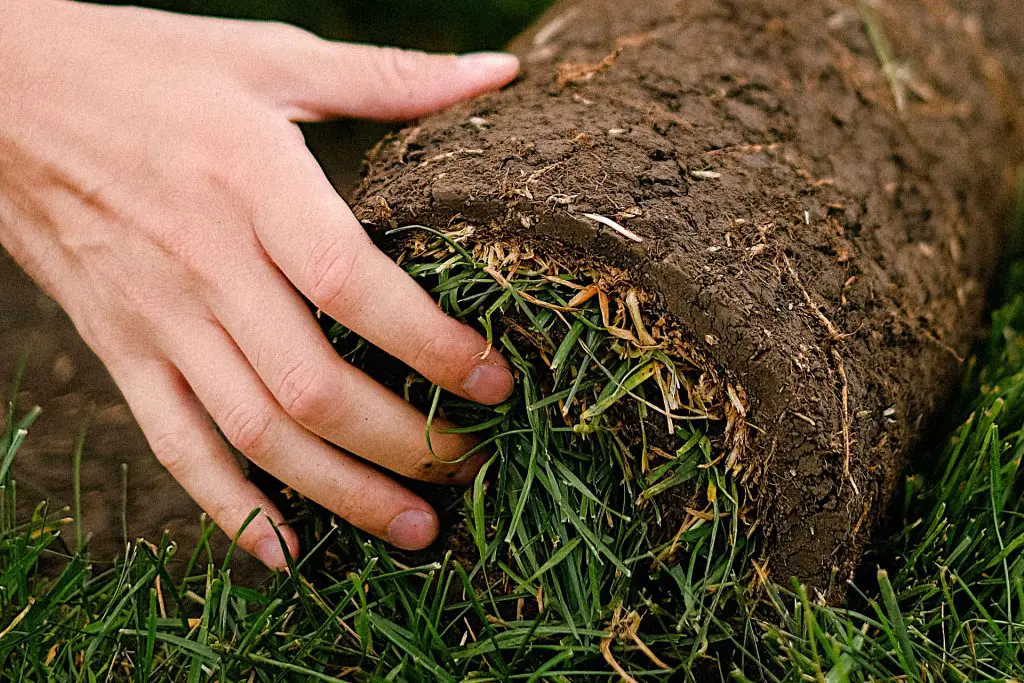
When you’re ready to start growing a new lawn, you need to choose the right fertilizer. One of the most important aspects of establishing a healthy lawn is proper fertilization. Fertilizing helps the grass get off to a strong start and establishes good growth habits.
Regular fertilizers provide key nutrients nitrogen, phosphorous, and potassium (NPK) that all plants need for growth. However, they don’t always provide the quick-release nitrogen that newly seeded or sodded lawns need for rapid blade development during those crucial first few weeks after installation.
A starter fertilizer is specially formulated for new sod, as it contains higher levels of quick-release nitrogen and phosphorous, and other essential nutrients than other types of fertilizer. This promotes healthy growth in new grass seedlings and sod roots allowing it to thrive.
Starter Fertilizer vs. Regular Fertilizer
| Criteria | Starter Fertilizer | Regular Fertilizer |
|---|---|---|
| Primary Purpose | Designed for new sod and seedlings | Intended for established lawns and plants |
| Nutrient Ratio | Higher in phosphorous for root development | Balanced or higher in nitrogen for foliage |
| Application Timing | Applied at the time of sod laying or seeding | Applied during the growing season |
| Release Rate | Quick-release for immediate nutrient supply | Can be quick or slow-release |
| Cost | Generally more expensive | Usually more affordable |
| Soil Testing | Highly recommended before application | Optional but beneficial |
| Effect on Soil pH | Minimal impact | May alter soil pH depending on type |
This table highlights the key differences between starter and regular fertilizers, helping you make an informed decision for your new sod.
When can I fertilize my new sod?
There are two schools of thought as to the right time to fertilize when laying sod. The first, and generally considered better practice, is to put down a starter fertilizer prior to laying the sod, while the other option is to add it after.
Prior to Laying the Sod
The most common approach is to put down a starter fertilizer when you prepare the ground, i.e., before you lay the sod. This will provide the new sod with essential nutrients that will give your young grass a head start. When applying, it is always advisable to follow the manufacturer’s directions.
After Laying the Sod
The alternative method is after you have laid the sod. Generally, this will take place between two to four weeks after you have put t down the sod after. The main reason for the delay is that it is always advisable to allow the sod because walking on newly laid sod can damage the delicate grass blades and prevent the sod from taking root. As a general rule, you should wait at least two weeks before walking on your new sod. During this time, the sod will continue to settle, and the roots will continue to grow.
Soil Sample Tested
Get a soil sample to test for nutrient levels before you add any fertilizer. This is important as having too many of nutrients can be just as harmful as too little. And be sure you have an adequate water supply to avoid stressing your lawn during dry periods.
Why is new sod fertilizer different from regular sod fertilizer?
When you are installing new sod, it is important to use the right type of fertilizer. New sod fertilizer is different from regular fertilizer because it has a higher concentration of essential nutrients, including nitrogen. This helps grass seedlings to develop strong roots and grow quickly after installation.
Regular fertilizer is not as concentrated and does not have the same quick-release nitrogen that lawn starter fertilizer does. This means that it takes longer for the grass to develop deep roots and establish a healthy lawn. Generally, this means it is not the best choice when looking to establish your new sod unless your soil is already rich in nitrogen and phosphorus.
Is it Best to Get a Soil Test First to See Phosphorus Levels?
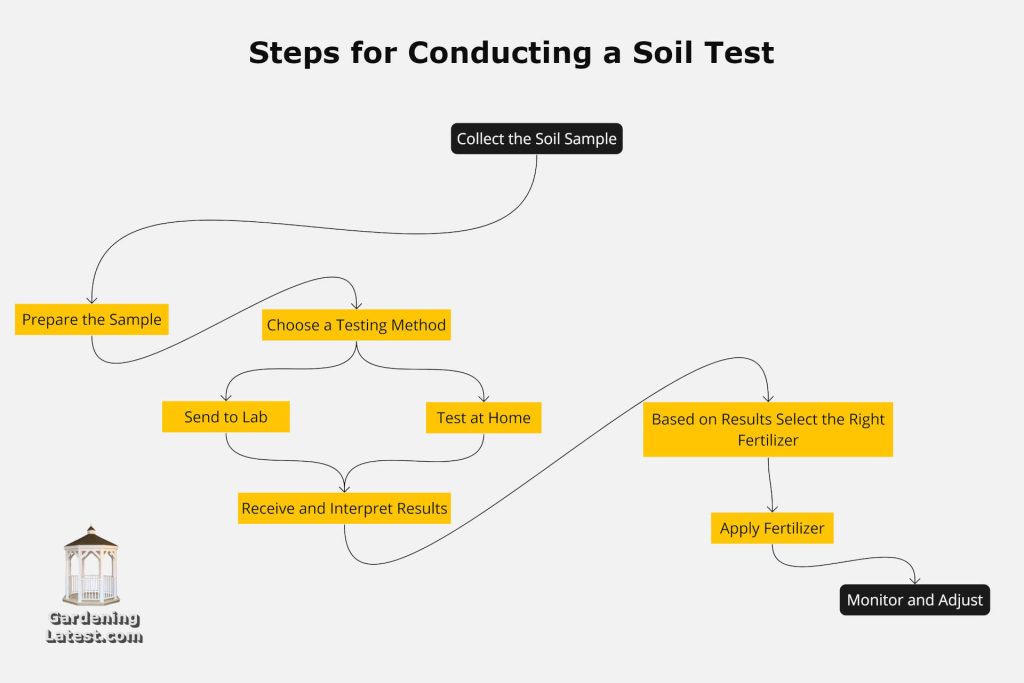
Because each installation is different it is always best to get a soil test before laying sod in order to see what the phosphorus levels and other nutrient levels are. Getting a soil test will give you important information about the essential nutrients that may be lacking to ensure your lawn needs to grow healthy and strong.
Why Phosphorus Is Important for New Lawns
Phosphorus is one of the three essential nutrients that all plants need for healthy growth (the other two are nitrogen and potassium). Because it encourages the development of robust grass root systems, the presence of phosphorus in the soil makes it possible for grass to develop a lush, thick appearance. Plants are able to make better use of their resources when there good levels of phosphorus present in the soil.
This essential nutrient is a crucial part of the structural components that make up the grass’s DNA. The fundamental components of a plant, such as its genes and chromosomes, are transmitted from one genesis of the plant to the next, serving in effect as a “blueprint” for the plant’s expansion and maturation.
In addition, phosphorous is responsible for increasing the efficiency of sugar and starch transport within plants. It stores them as energy and makes this available to be used as a source of energy for other reactions occurring within the plant.
Choosing The Right Fertilizer for New Sod
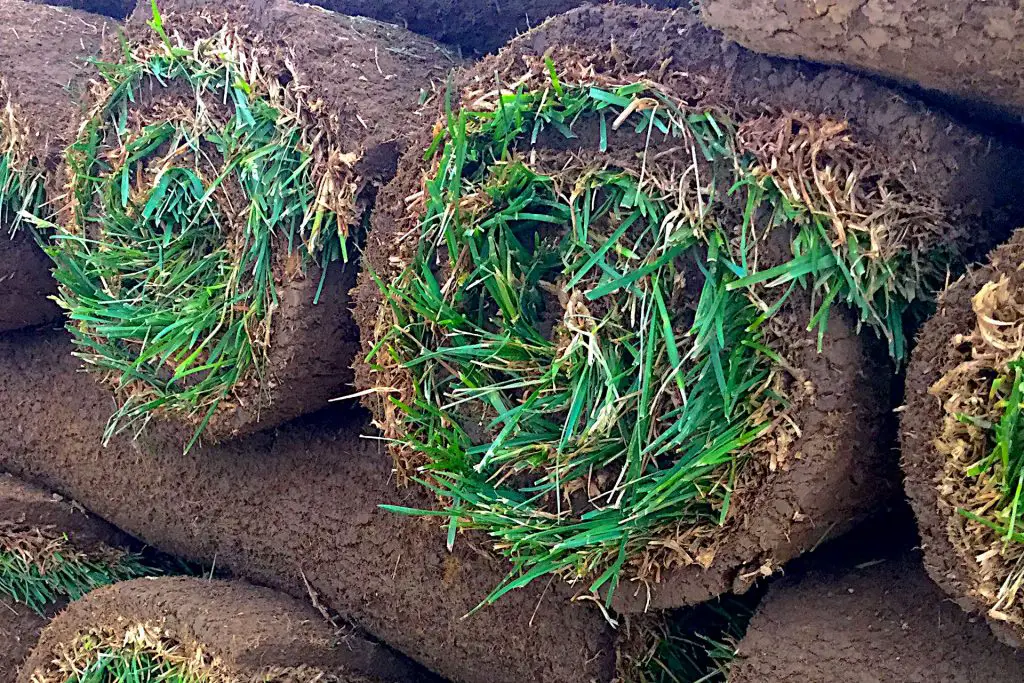
When you’re ready to lay new sod, it’s important to choose the right fertilizer. The type of fertilizer you use will depend on several factors, including the type and variety of grass you’re laying and the health of your lawn.
New sod will generally need a fertilizer high in phosphorous and allow quick nitrogen release. Starter fertilizers are formulated in this way and contain essential nutrients like nitrogen and phosphorus. This will help your grass seedlings develop strong roots and blades quickly. Apply the starter fertilizer to the area you sod will be installed a few days prior to installation, then follow up with regular fertilizer throughout the growing season.
What is the Importance of The Ratio Between Nitrogen, Phosphorous, and Potassium (NPK)
When you’re ready to start your lawn from seed, or new sod unless your soil is rich in phosphorous, regular fertilizer won’t cut it. You need a lawn starter fertilizer with the right ratio of nitrogen, phosphorous, and potassium (NPK) to give your grass seeds a fighting chance. The importance of the NPK ratio in starter fertilizer is that each element plays a specific role in developing healthy turfgrass.
Nitrogen is responsible for blade development and color, phosphorus, as we have seen, helps develop strong roots, and potassium aids in overall plant health, and helps with drought tolerance and disease resistance.
How Do You Read a Fertilizer Label?
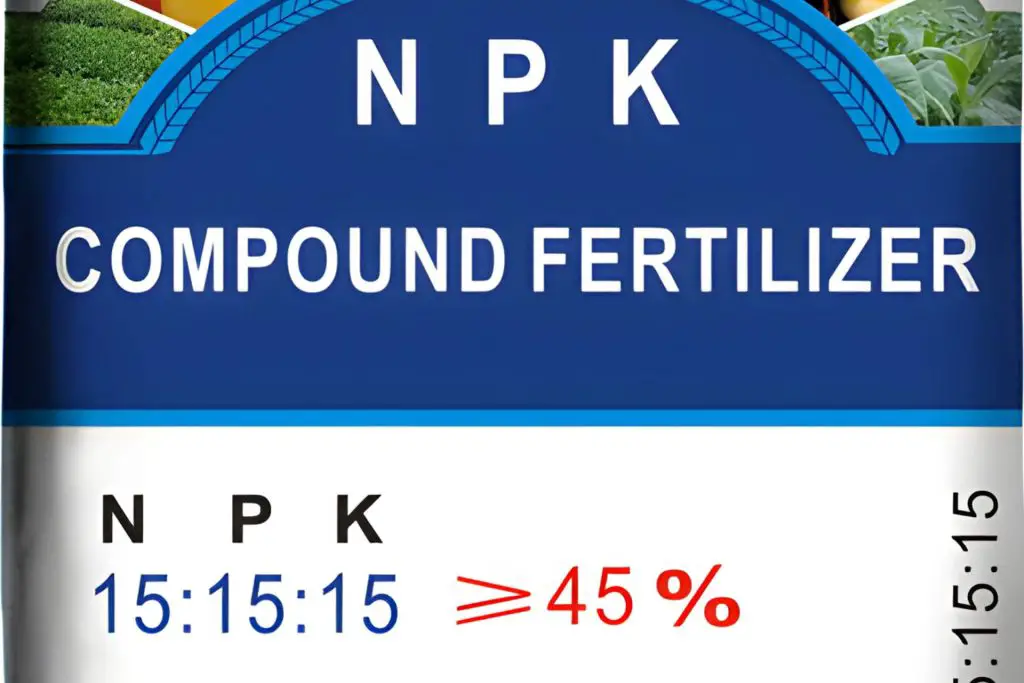
The key is to know if the right level of nutrients is included for specific soil circumstances. The results of your soil test will provide you with details of your current soil nutrient levels. Using this information you can apply the correct fertilizer to your new sod.
All the information should be on the fertilizer label. There are three main things you want to consider to make sure the right amount of nutrients are included: the type of fertilizer, the rate at which it is applied, and how often it should be applied.
Numbers on a Fertilizer Bag
When you look at a fertilizer bag you will notice that there are three numbers displayed prominently on the bag. These numbers on the fertilizer bag relate to the fertilizers NPK and are typically printed in the format 10-10-10 on the majority of commercial fertilizer packages. These numbers provide information regarding the nutrient content of the fertilizer, specifically the amounts of nitrogen, phosphorus (potash), and potassium that are present in it.
The first number displays the percentage of nitrogen that is contained in the fertilizer. The amount of nitrogen that is present in fertilizer rises as the percentage does. The concentrations of phosphorus and potassium are also described using percentages as their units of measurement.
If the numbers read 10-10-10, then a ten-pound bag of fertilizer has a total of one pound of nitrogen in it; however, if the numbers read 21-22-4, then a ten-pound bag has a total of 2.1 pounds of nitrogen in it.
Because commercial fertilizers contain a diverse range of nutrient mixtures, each of which is designed for a particular application, it is important to always check the product label to ensure that you are purchasing the appropriate fertilizer for the job at hand.
Ideal Nutrient Ratio in Starter Fertilizer
The type of fertilizer will be either a starter fertilizer, regular fertilizer, or quick-release nitrogen fertilizer.
- A starter fertilizer is high in phosphorus, which helps grass seeds develop healthy roots. A quality lawn starter fertilizer will have an NPK ratio somewhere between 5-10-5 or 10-20-10.
- A regular fertilizer contains a combination of essential nutrients for blade development and color.
- Quick-release nitrogen provides an immediate boost of greening power but needs to be reapplied more frequently than other types.
Below is a pie chart that illustrates the ideal nutrient ratio in a starter fertilizer. As you can see, Phosphorous takes up the largest share, followed by Nitrogen and Potassium.
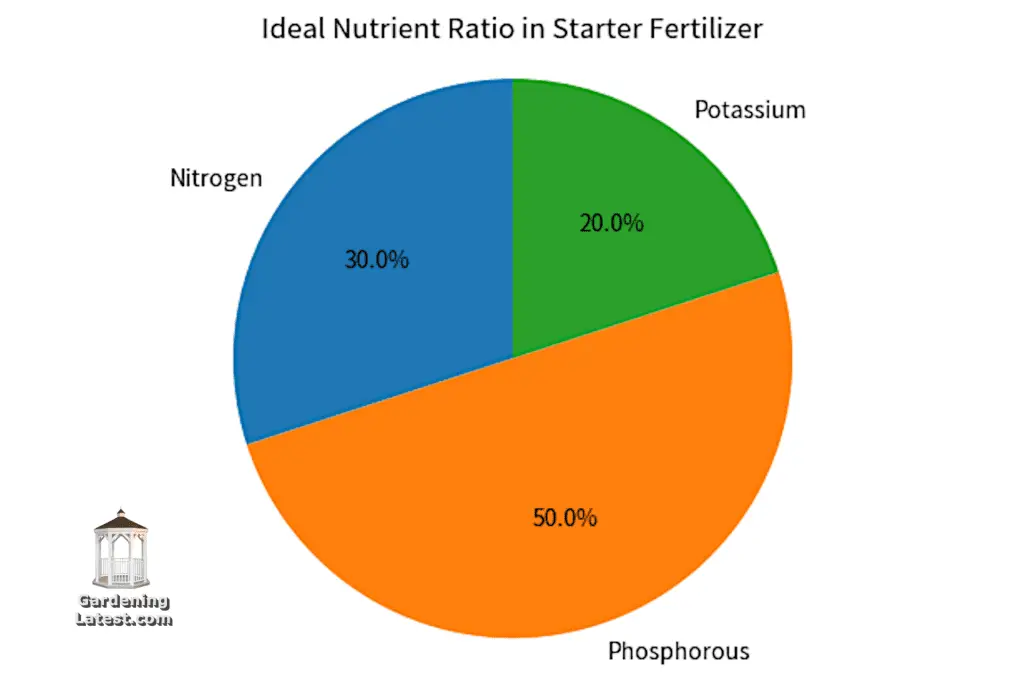
- Phosphorous: 50% – Essential for root development
- Nitrogen: 30% – Promotes leaf and stem growth
- Potassium: 20% – Enhances overall plant health
By knowing these ratios, you’ll be better equipped to choose a starter fertilizer that will give your new sod the nutrients it needs to thrive.
Types of Starter Fertilizers
When it comes to starter fertilizer for sod the choice is as crucial as selecting the right type of grass for yor climate. But with a myriad of options available, how do you know which one is the best fit for your lawn? Let’s delve into the different types of starter fertilizers on the market and weigh their pros and cons.
Granular Fertilizers
Granular fertilizers are the most commonly used type of starter fertilizers. They come in small, solid pellets that are easy to spread.
- Pros:
- Long-lasting: Slow-release granules provide nutrients over an extended period.
- Easy to Use: Simple to apply with a standard broadcast spreader.
- Cons:
- Uneven Coverage: Risk of uneven application if not spread correctly.
- Water-Dependent: Requires watering to activate the nutrients.
Liquid Fertilizers
Liquid fertilizers are concentrated solutions that you dilute with water. They are typically applied using a hose-end sprayer.
- Pros:
- Quick Absorption: Nutrients are absorbed faster.
- Uniform Coverage: Easier to achieve even application.
- Cons:
- Short-lived: Nutrients are quickly used up, requiring frequent reapplication.
- Application Complexity: Requires special equipment for application.
Organic Fertilizers
Made from natural materials like bone meal or compost, organic fertilizers are an eco-friendly option.
- Pros:
- Eco-Friendly: No harmful chemicals.
- Soil Health: Improves soil structure and promotes microbial activity.
- Cons:
- Cost: Generally more expensive.
- Slow Release: Nutrients are released more slowly, which may not be ideal for new sod that needs quick nourishment.
Synthetic Fertilizers
Synthetic fertilizers are chemically engineered to provide specific nutrients in precise ratios.
- Pros:
- Targeted Nutrition: Customizable to the specific needs of your sod.
- Quick Results: Faster nutrient absorption.
- Cons:
- Environmental Impact: Potential for nutrient runoff into water bodies.
- Soil Degradation: May degrade soil quality over time.
Types of Starter Fertilizers
| Type | Longevity | Ease of Use | Environmental Impact | Cost |
|---|---|---|---|---|
| Granular | High | High | Moderate | Low |
| Liquid | Low | Moderate | Moderate | Moderate |
| Organic | Moderate | High | Low | High |
| Synthetic | High | Moderate | High | Low |
Key Takeaways
- Granular Fertilizers: Best for those who want a long-lasting option and are comfortable using a spreader.
- Liquid Fertilizers: Ideal for quick nutrient absorption but require frequent application.
- Organic Fertilizers: Perfect for the eco-conscious homeowner but may be cost-prohibitive.
- Synthetic Fertilizers: Suitable for those who want quick, targeted results but are not concerned about the environmental impact.
If you know the pros and cons of each type of starter fertilizer, you can make an informed decision that suits both your lawn’s needs and your personal preferences. Remember, the right starter fertilizer can make all the difference in how well your new sod takes root and flourish.
What is the Best Fertilizing and Watering Schedule for New Sod

When you install new sod, it is important to give it the best chance to grow by fertilizing and watering it properly. A starter fertilizer with essential nutrients should be applied when the sod is installed, and then regular fertilizer should be applied every 4-6 weeks after that. A quick-release nitrogen fertilizer can be applied 2-3 times during the first growing season to help promote grass blade development.
It is also important to make sure your new sod has a good water supply. Watering deeply and regularly (1-2 inches per week) during the first few weeks after installation will help encourage deep roots and healthy growth.
Lawn Care Program After Installing New Sod
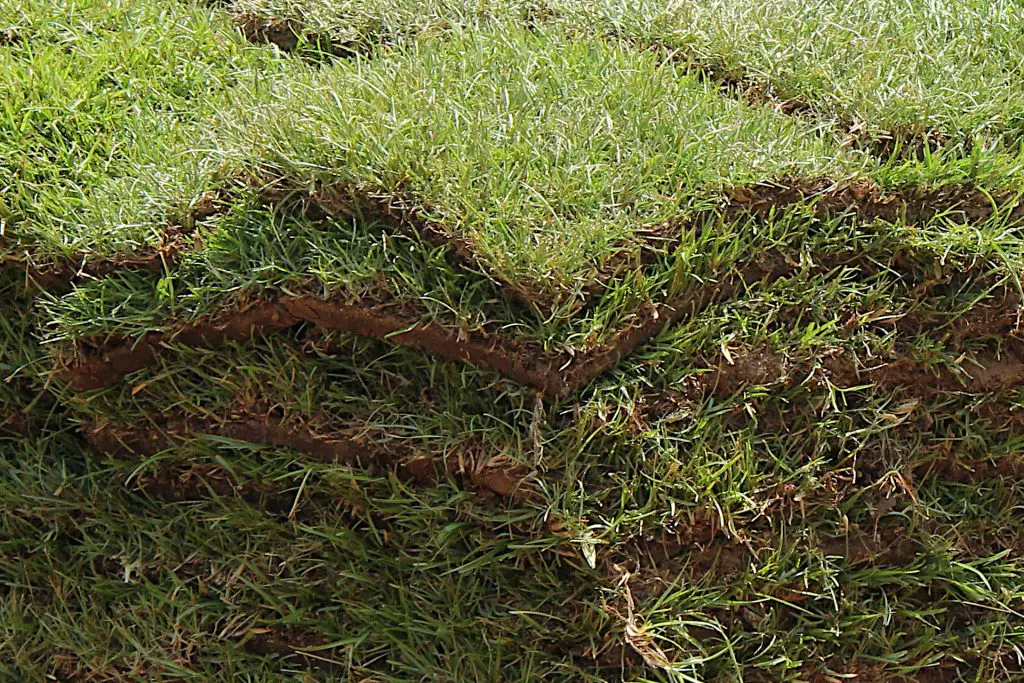
Whether you putting down new sod, feeding, or overseeding you need to have an appropriate lawn care plan to follow to ensure the best possible results.
Before Laying the Sod
Prior to laying the sod, you should prepare the ground the sod will be laid. The first thing to do, as mentioned earlier, is to conduct a proper soil test so that the soil receives the correct balance of nutrients.
The ground should then be well aerated preferably using a core aerator which will break up the soil, and open up the pores, and allow water to easily drain through.
You should thoroughly water the ground ad add a good quality starter fertilizer to it just before you put down the sod.
First Week
During the first week after installing the sod, you should water regularly to the point where the ground is always moist. The amount and frequency will obviously vary depending on the climate, however, you have to be careful not to overwater and leave standing water on any part of the lawn.
Watering should take place in the mornings and the evenings, avoiding the hottest parts of the day. This will prevent the soil from drying out too quickly and causing the sod to crack.
Second Week
After the first week, you should continue to water regularly until the ground is consistently damp throughout the day. Toward the end of the week, you should be able to notice new growth with the blades beginning to lengthen and new white root growth appearing.
Third Week
By the third week, the sod should be firmly in place and you shouldn’t be able to lift the edges very easily. During this week you should be able to mow the lawn, being careful only to cut the tops of the grass blades. Ensure your mower blades are sharp so they don’t tear and pull at the new grass.
Two-Three Months
This is the point that you will look to apply the second round of fertilizer. In this case, a slow-release fertilizer to help replenish soil nutrients and continue to help the new grass to establish itself.
Common Mistakes to Avoid When Applying Starter Fertilizer to New Sod
Applying starter fertilizer to your new sod is like giving a newborn the right nutrients—it’s crucial for healthy growth. However, even the best intentions can go awry if you’re not careful. Here are some common mistakes people make and how to sidestep them.
Over-Fertilizing
One of the most frequent errors is over-fertilizing. More doesn’t always mean better. Excessive nutrients can lead to fertilizer burn, leaving you with brown, damaged grass.
How to Avoid: Always read the product label for the correct application rate. Use a broadcast spreader for even distribution and avoid applying fertilizer by hand, which can lead to uneven coverage.
Wrong Timing
Timing is everything, especially when it comes to newly laid sod. Applying fertilizer too early or too late can have adverse effects.
How to Avoid: The best time to fertilize is right before you lay the new sod. This ensures that the roots have immediate access to essential nutrients. If you miss this window, wait at least four to six weeks before the first application.
Ignoring Soil Testing
Many people skip soil testing, thinking it’s not necessary. This oversight can result in an imbalance of nutrients, affecting the sod’s health.
How to Avoid: Conduct a soil test to determine the soil pH and nutrient levels. This information will guide you in selecting the right type of starter fertilizer.
Using the Wrong Type of Fertilizer

Not all fertilizers are created equal. Using the wrong type can impede your sod’s growth.
How to Avoid: Always opt for a high-phosphorous fertilizer specifically designed for new sod or seedlings. These fertilizers promote root development, which is crucial for new grass.
Uneven Application
Spotty application leads to uneven growth, making your lawn look like a patchwork quilt.
How to Avoid: Use a calibrated spreader to ensure even application. Walk at a steady pace and overlap your application strips slightly to avoid missed areas.
Neglecting Watering
Fertilizer needs water to activate. Failing to water your sod after fertilizing can result in poor nutrient absorption.
How to Avoid: Water your lawn immediately after applying the fertilizer. This helps in nutrient uptake and prevents the granules from sitting on the surface, where they can cause burn.
Forgetting Safety Measures
Fertilizers contain chemicals that can be harmful if ingested or come into contact with skin.
How to Avoid: Wear protective gear, including gloves and a mask, while handling fertilizers. Keep pets and children off the lawn until the fertilizer has been watered in and the area has dried.
Not Checking Weather Forecasts
Applying fertilizer before a downpour can wash away all your hard work, leading to nutrient runoff into nearby bodies of water.
How to Avoid: Check the weather forecast and aim for a day when no rain is expected for at least 24-48 hours after application.
Overlooking Local Regulations
Some areas have fertilizer ordinances that restrict the types or amounts of fertilizer you can use.
How to Avoid: Check local regulations to ensure you’re in compliance. This not only protects your lawn but also the local ecosystem.
By avoiding these common mistakes, you’re well on your way to providing your new sod with the best possible start. Remember, a well-fed lawn is a happy lawn, and a happy lawn makes for a proud homeowner.
The Wrap-Up: Should You Put Starter Fertilizer on New Sod?
When you install a new lawn, it is important to not only fertilize but choose the best fertilizer for new sod in order to help it grow and thrive. A starter fertilizer is ideal for new sod, as it contains high levels of nitrogen and phosphorous. These nutrients are essential for the growth of new grass. Fertilizing your lawn regularly will help keep it healthy and looking its best.
